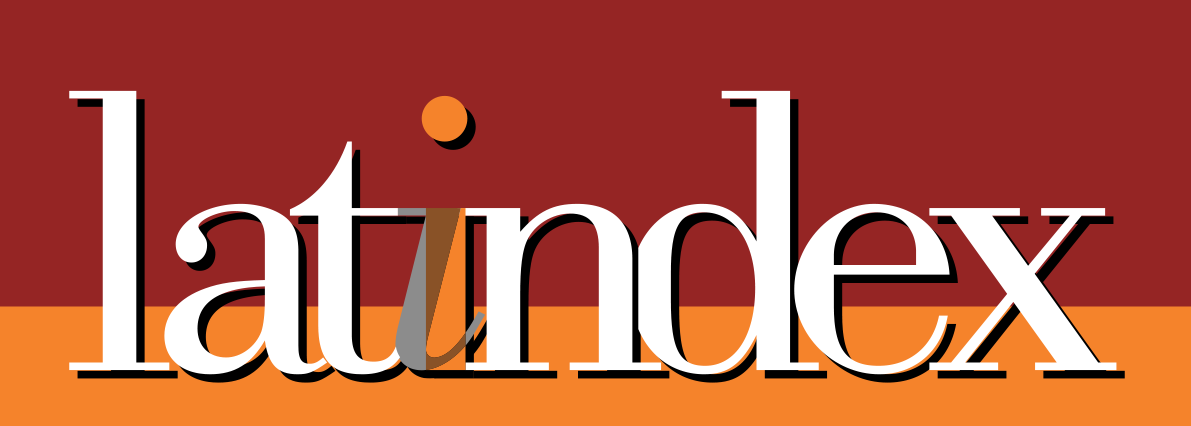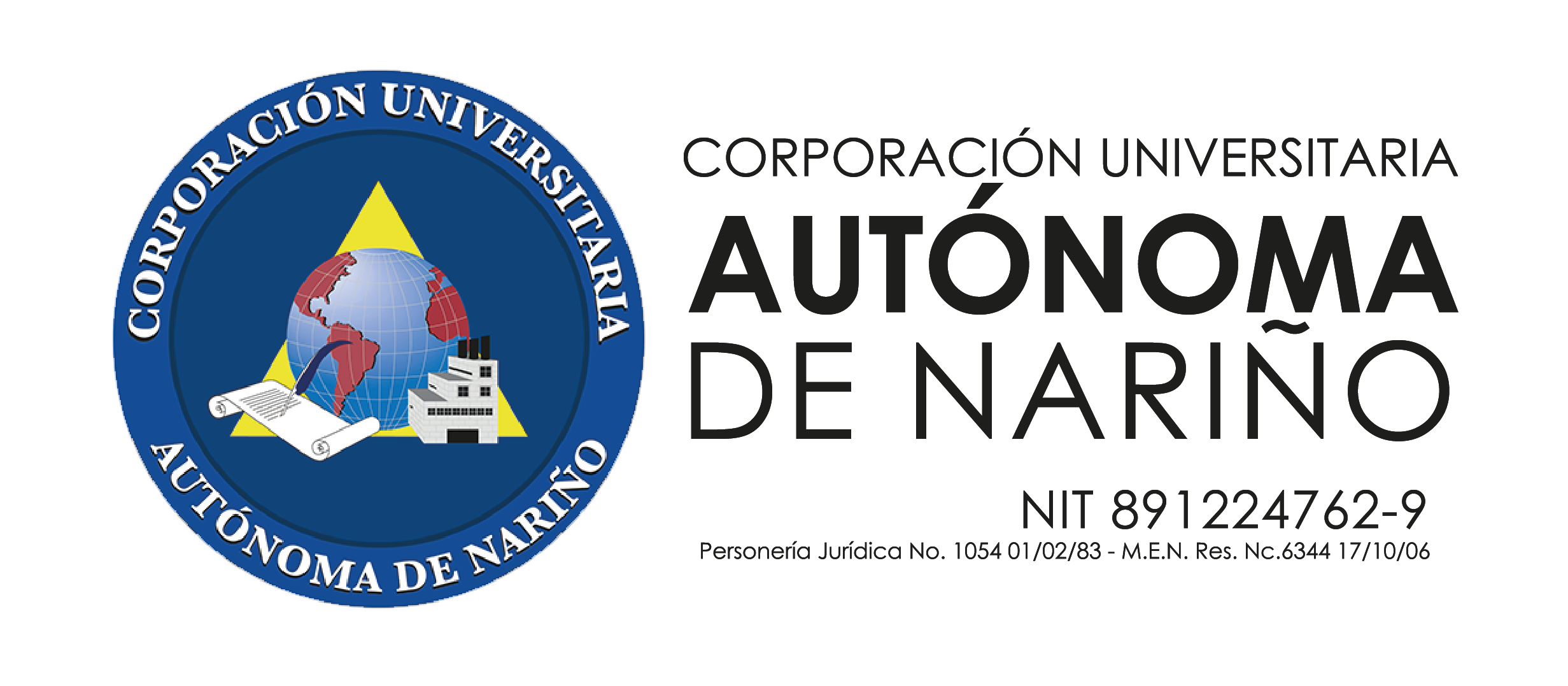Employer branding. Reflexiones en tiempos de pandemia
DOI:
https://doi.org/10.47666/summa.2.esp.12Keywords:
internal client, adversity management, employer brand, marketing, turbulenceAbstract
Analyze how employer branding (EB) can support organizations in highly complex circumstances as a tool to promote brand reputation from actions focused on internal customers, while they face far-reaching challenges guaranteeing the continuity of operations constitutes the purpose of the study. It is justified by the relevance of the variable directed to the most important intangible resource of organizations, even more so in complex times. Methodologically, it presents a qualitative and interpretive design, of a documentary type, using the technique of content analysis and interpretation, assuming as a source of information articles indexed in the SCOPUS database [377 documents]; At the procedural level, it uses documentary review techniques supported by theorists, including Alcaide & Diez (2019); Viloria, et al. (2019); Slack, Orife & Anderson (2010); Kimpakorn & Tocquer (2009); Dolan, Schuler, Jackson & Valle (2007); Backhaus & Tikoo (2004), among others. The final reflections show the need to manage the moments of interaction with internal clients, intentionally achieving positive experiences in the collaborators, increasing the knowledge of the collaborating staff, the reformulation of the organizational structures aiming at the horizontalization, the mainstreaming of EB management. In addition, it highlights the need to, in complex times such as those brought about by the declaration of a pandemic by COVID-19, underpin the best strategies available in science related to talent management from the discipline of marketing.
Downloads
References
Alcaide, J. y Diez M. (2019) Customer experience: las claves de la experiencia de cliente en la era digital cognitiva. Colombia: Editorial Alfaomega.
Ambler, T. & Barrow, S. (1996). The employer brand. Journal of brand management, 4(3), 185-206.
Backhaus, K. & Tikoo, S. (2004). Conceptualizing and researching employer branding. Career Development International, 9(4/5), 501-517.
Borda, M. (2013). Proceso de investigación, visión general de desarrollo. Colombia: Editorial Universidad del Norte.
Carmeli, A. & Freund, A. (2002). The relationship between work and workplace attitudes and perceived external prestige. Corporate Reputation Review, 5(1), 51-68. DOI:10.1057/palgrave.crr.1540164
Cooper, A. (2006). Planning: cómo hacer el planteamiento estratégico de las comunicaciones. Argentina: Thomson.
Dolan, S.; Schuler, R.; Jackson, S. & Valle, R. (2007). La gestión de los recursos humanos: cómo atraer, retener y desarrollar con éxito el capital humano en tiempos de transformación. España: McGraw-Hill.
Edelman (2020). Brand trust and the coronavirus pandemic. https://www.edelman.com/research/covid-19-brand-trust-report.
Ewing, M.; Pritt, L.; De Bussy, N. & Berthon, P. (2002). Employment branding in the knowledge economy. International Journal of Advertising , 21(1), 3-22.
Forbes Digital (2020, 27 de mayo). Pandemia, employer branding y el día después. Forbes. https://www.forbesargentina.com/editorial/pandemia-employer-branding-dia-despues-n2930
Frenkel, J. (2020, 12 de junio) Las marcas y un dilema: ¿reputación o facturación? Infobae Económico. https://www.infobae.com/economia/2020/06/12/las-marcas-y-un-dilema-reputacion-o-facturacion/
García, E.; Girón, F. y Rodríguez, A. (2017). Proveedores de experiencia como factores clave para organizaciones de software en entornos complejos. En Prieto, R. y De la Hoz, R. Marketing y Competitividad en las
Organizaciones: Enfoques y Perspectivas (83-113). Barranquilla, Colombia: Ediciones Universidad Simón Bolívar.
García, E.; Valle, A. y García, J. (2018). Evolución de la producción científica sobre marketing en las pymes: una aproximación bibliométrica. En Rincón, J. Restrepo, y Vanegas, J. Estudios de comunicación y marketing (261-284). Medellín, Colombia: Sello Editorial PUBLICAR-T.
García J.; Prieto, R.; García, E. y Palacios, A. (2017). Mercadeo Interno, herramienta de competitividad en empresas del sector turístico del Caribe Colombiano. En Quintero, V. y Miranda, R. Turismo Corporativo y TIC: Una puerta a la competitividad: Dinámicas sectoriales que estimulan la competencia colaborativa apoyada en las Tecnologías de la Información y las Comunicaciones (107-160). Barranquilla, Colombia: Ediciones Universidad Simón Bolívar.
Harris, P. (2007). We the people: The importance of employees in the process of building customer experience. Journal of Brand Management, 15(2), 102-114
Hernández, K.; Vega, E.; Prado, J.; Indira, C.; Guerrero, M. y Cazallo, A. (2017). Gestión del Conocimiento y Capacidad de Innovación: Modelo, Sistemas y Aplicaciones. Colombia: Ediciones Universidad Simón Bolívar.
IPSOS (2020). More countries show a rebound in consumer sentiment than a drop. https://www.ipsos.com/sites/default/files/ct/news/documents/2020-07/consumer-confidence-index-pr-july-2020-ipsos.pdf
Jacobs, R. (2003). Turn employees into brand ambassadors. ABA Bank Marketing, 35(3), 22.
Jenner, S. & Taylor, S. (2007). Employer branding-fad or the future of HR in CIPD. England: CIPD Enterprises Limited.
Kimpakorn, N., & Tocquer, G. (2009). Employees commitment to brands in the service sector: Luxury hotel chains in Thailand. Journal of Brand Management, 16(8), 532-544.
Kotler, P. & Armstrong, G. (2016): Marketing. México: Ediciones Pearson.
López, C. (2020). Sólo cuatro de cada diez consumidores españoles mantendrán su nivel de ingresos tras superar la pandemia. Ernst & Young Global Limited (EYG). EY. https://www.ey.com/es_es/news/2020/05/solo-cuatro-de-cada-diez-consumidores-espanoles-mantendran-su-nivel-de-ingresos-tras-superar-la-pandemia
Madden, T.; Fehle, F. & Fournier, S. (2006). Brands matter: An empirical demonstration of the creation of shareholder value through branding. Academy of Marketing Science. Journal, 34(2), 224-235.
Maxwell, R. & Knox, S. (2009). Motivating employees to live the brand: A comparative case study of employer brand attractiveness within the firm. Journal of Marketing Management, 25(9/10), 893-907
Mejia, O. y Casquete, N. (2019). Estructura Organizativa Horizontal. E-IDEA Journal of Business Sciences, 1(1).
Miles, S. & Mangold, W. (2005). Positioning southwest airlines through employee branding. Business Horizons, 48(6), 535-545.
Mosley, R. (2007). Customer experience, organisational culture and the employer brand. Journal of Brand Management, 15(2), 123-134.
Orozco, J. y Roca, D. (2011). Construcción de imagen de marca y reputación a través de campañas publicitarias de RSC. Sphera Pública, 11, 273-289.
Ostroff, F. (1999). The horizontal organization, Oxford University Press. Harvard-Deusto Business Review, 94, 89-93.
Poulsson, S. & Kale, S. (2004). The experience economy and commercial experiences. The Marketing Review, 4(39), 267-77.
Rojas, I. (2011). Elementos para el diseño de técnicas de investigación: una propuesta de definiciones y procedimientos en la investigación científica. Tiempo de Educar, 12, 277-297.
Santafé, A.; Peralta, P.; Cervantes, V.; Jimenéz, A.; García, E.; Girón, F y Chumaceiro, A. (2018). Marketing y competitividad en las organizaciones: enfoques y perspectivas. Barranquilla, Colombia: Ediciones Universidad Simón Bolívar.
Slack, F.; Orife, J. & Anderson, F. (2010). Effects of commitment to corporate vision on employee satisfaction with their organization: An empirical study in the United States. International Journal of Management, 27(3), 421-436
Sullivan, J. (2004). Eight element of a successful employment brand. http://www.ere.net/tb/52CB45DADFAA4CD2BBC366659E26892A
Tan, Y.; Shi, Y. & Tang, Q. (2018). Data Mining and Big Data. DMBD: International Conference on Data Mining and Big Data. Volume 10943. Springer.
Viloria, A.; Vargas, J.; García, E.; Martínez, D.; Perdomo, A.; Redondo, O.; Mercado, A. & Hernández, H. (2019). Big Data Marketing During the Period 2012–2019: A Bibliometric Review. International Conference on Intelligent Computing, Information and Control Systems, Springer. 186-193.
Whan, C.; Mac Innis, D.; Priester, J.; Eisingerich, A. & Iacobucci, D. (2010). Brand attachment and brand attitude strength: Conceptual and empirical differentiation of two critical brand equity drivers. Journal of Marketing, 74 (6), 1-17.








